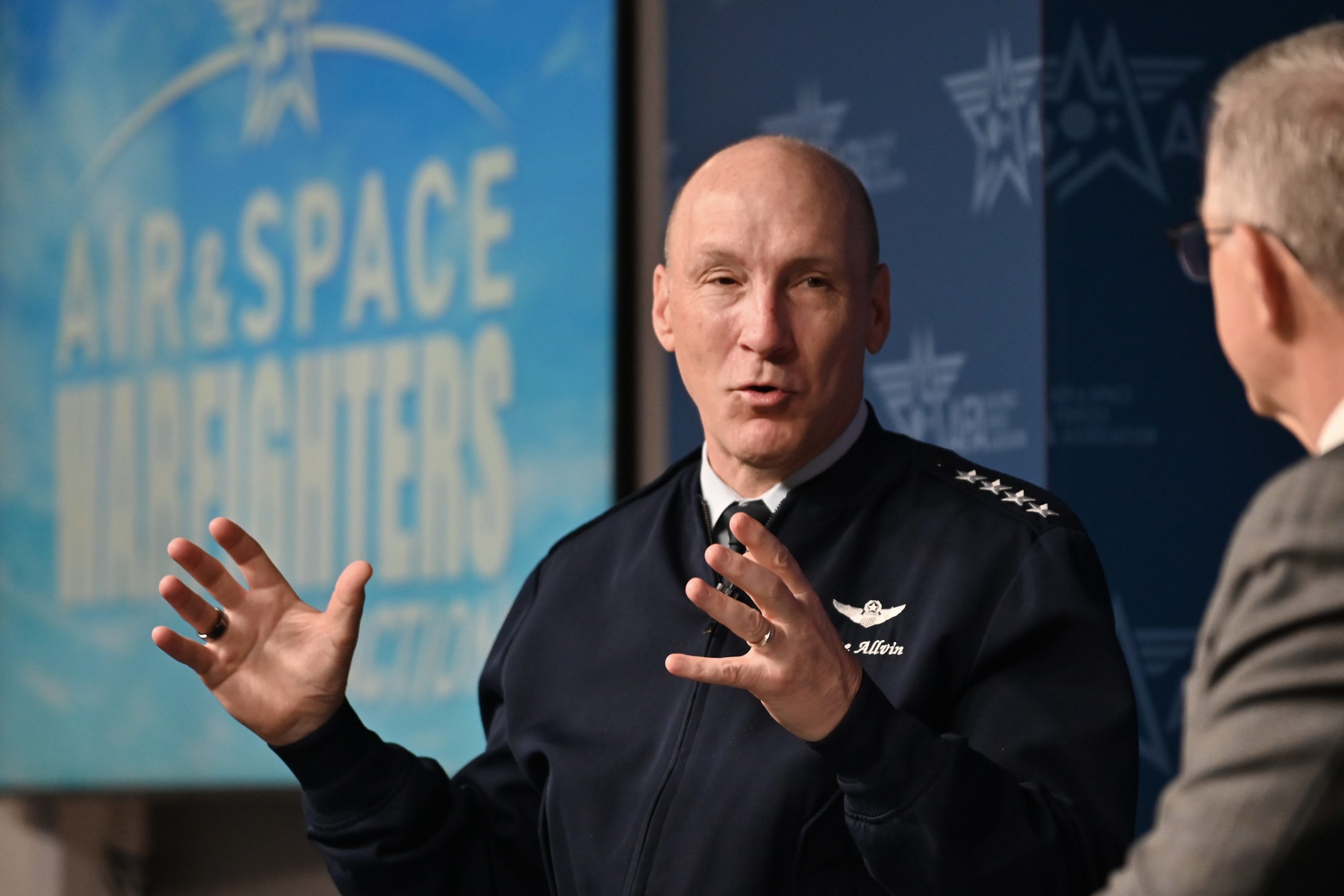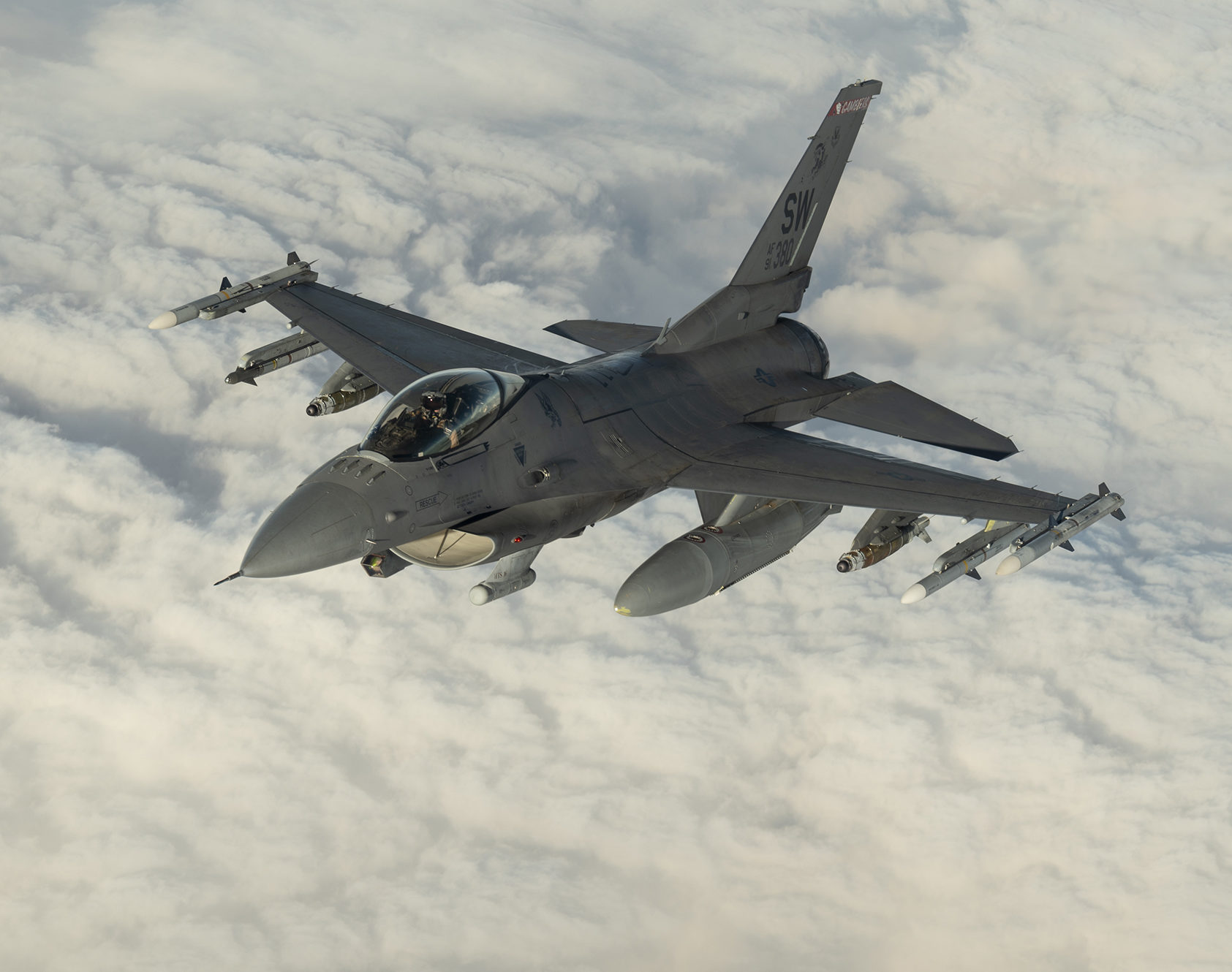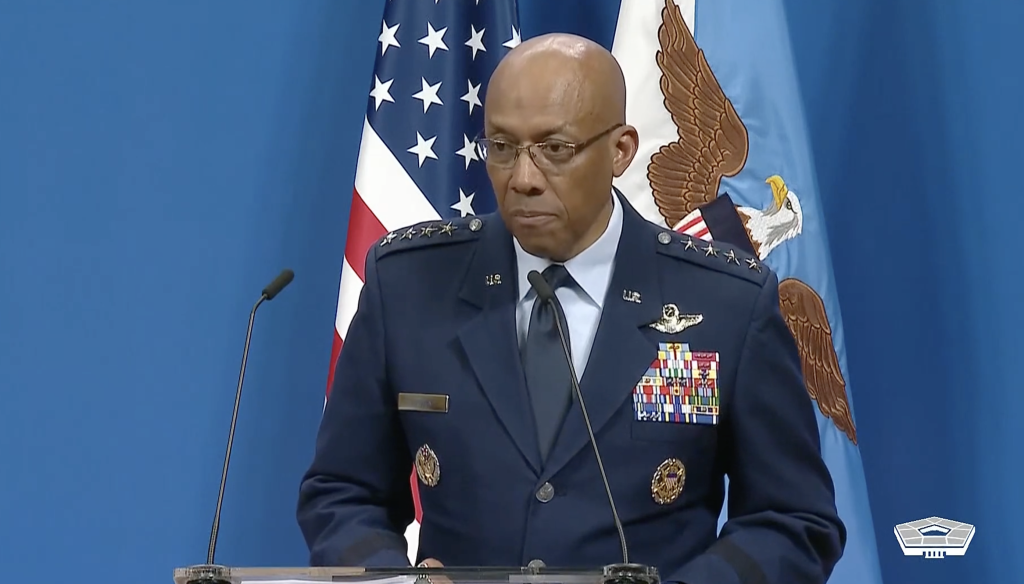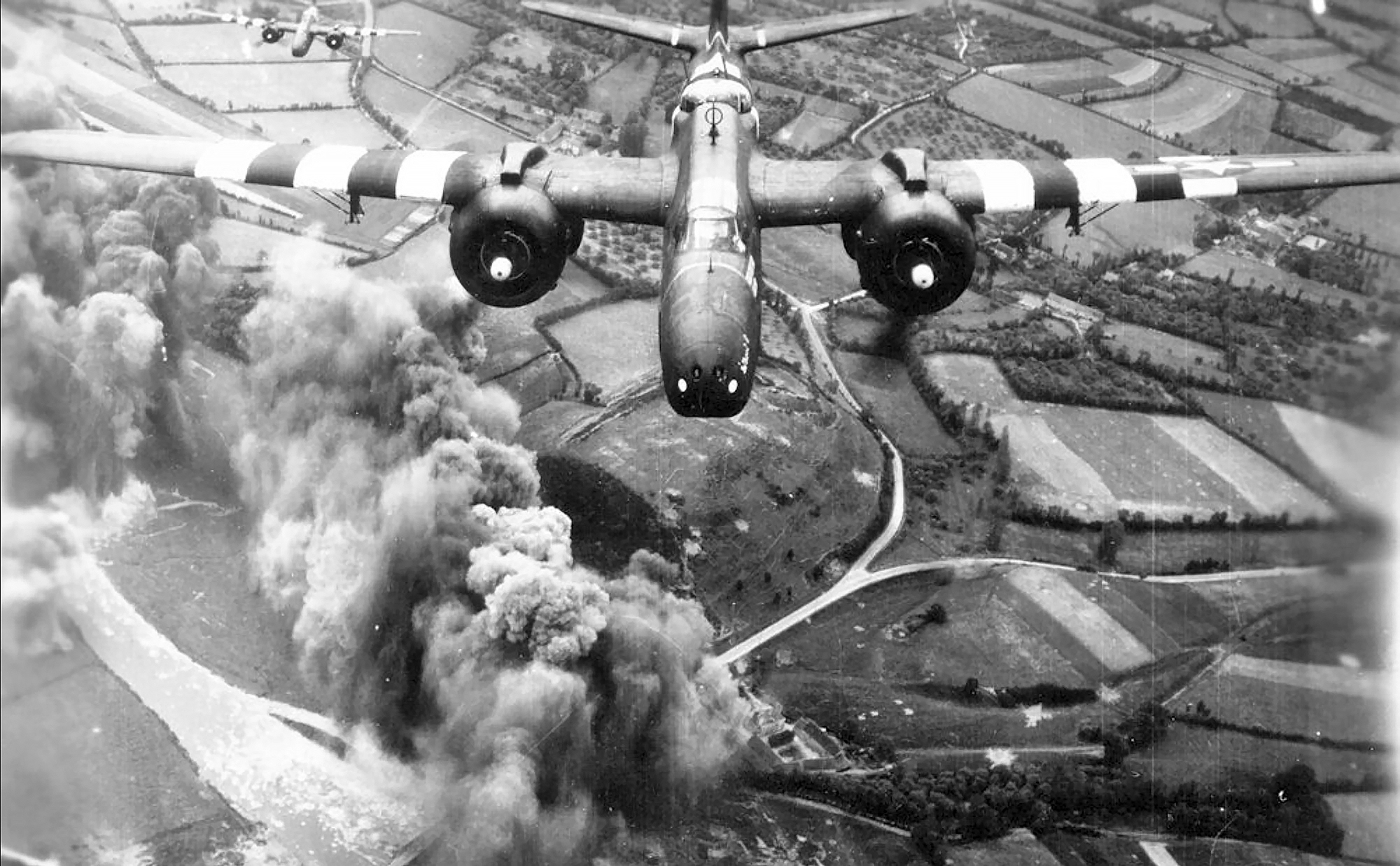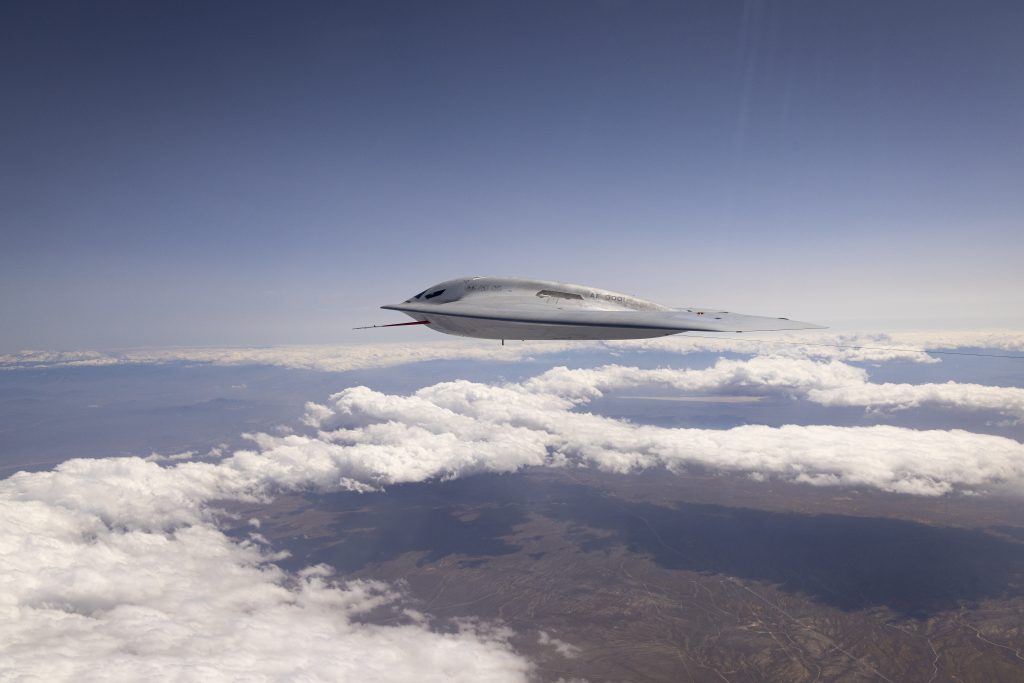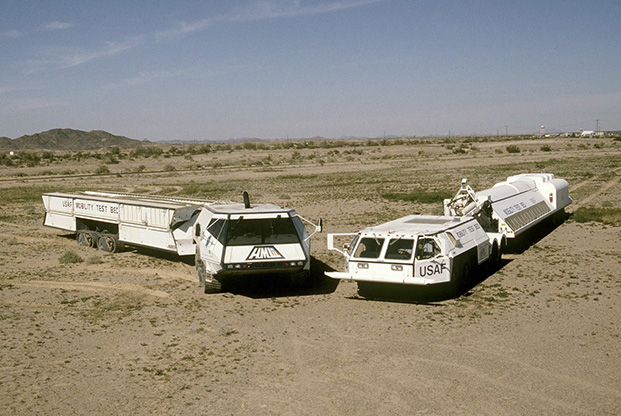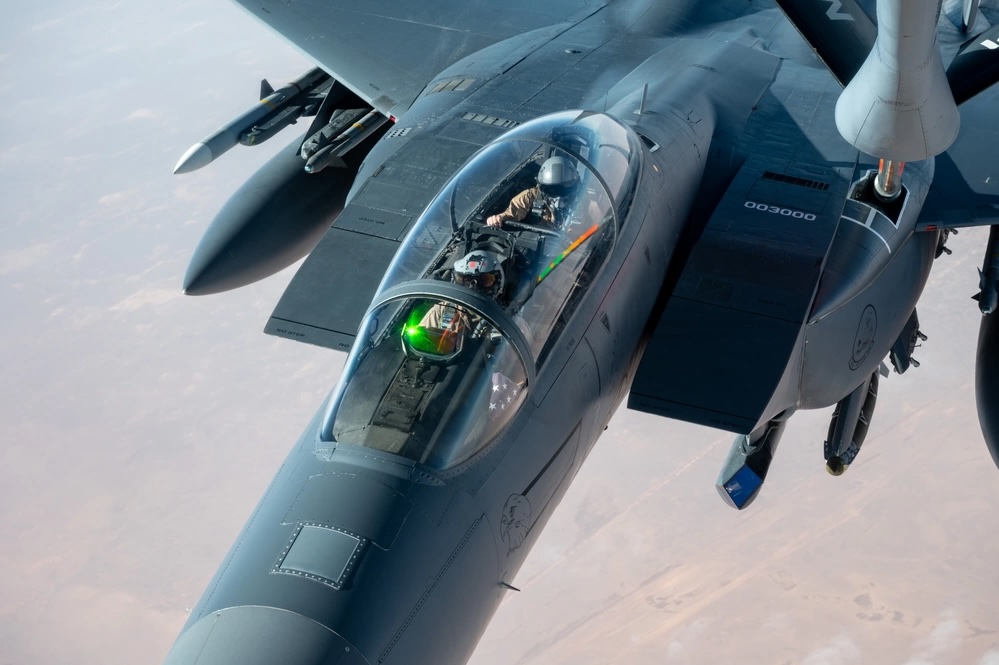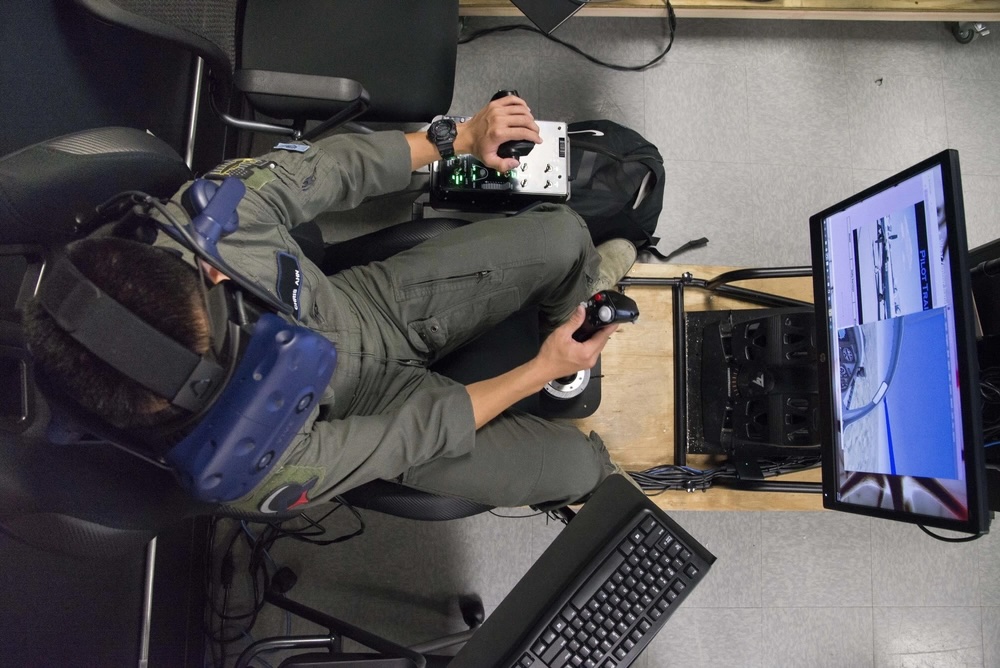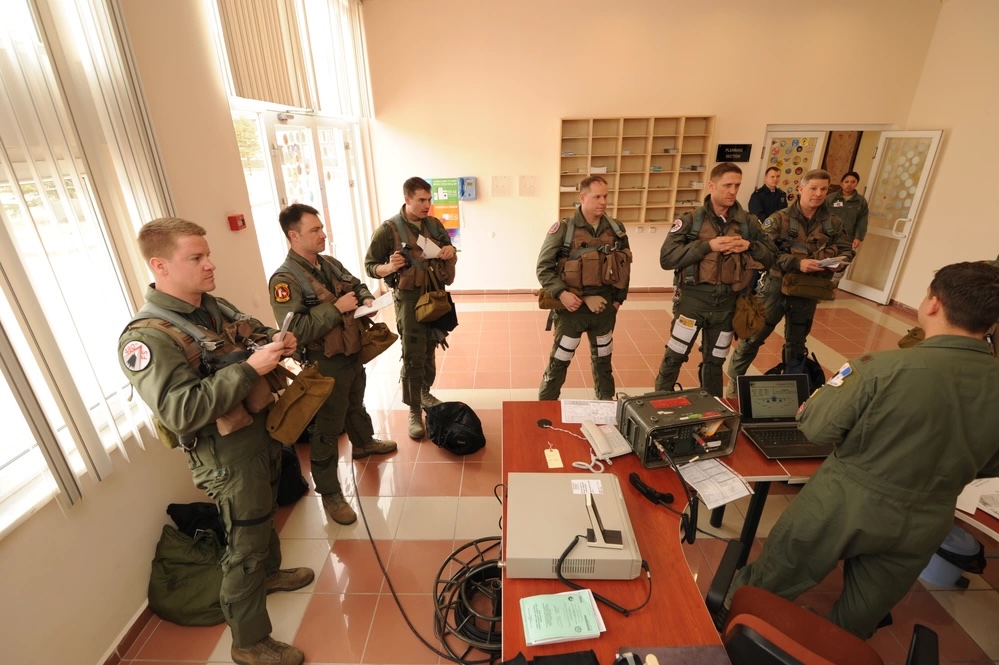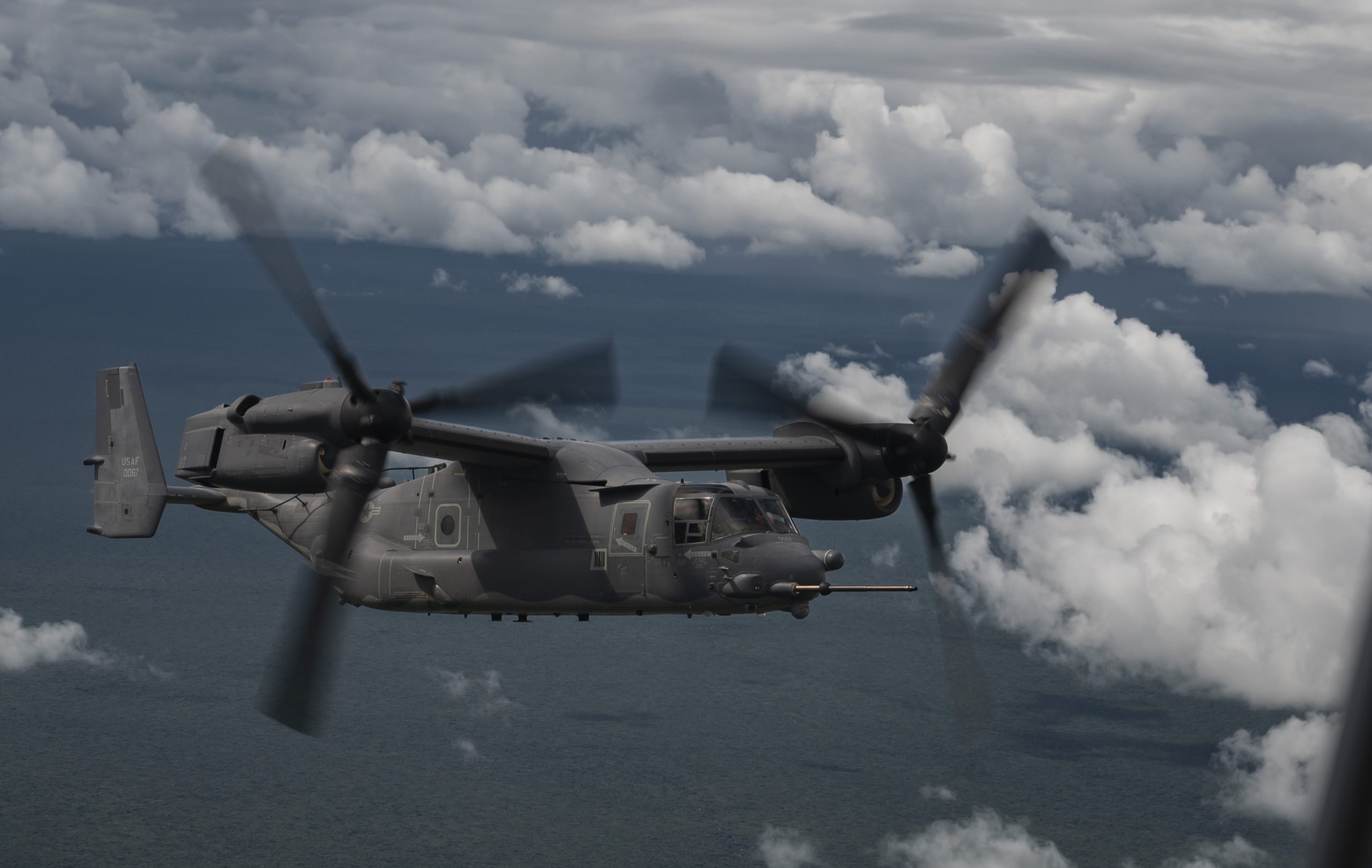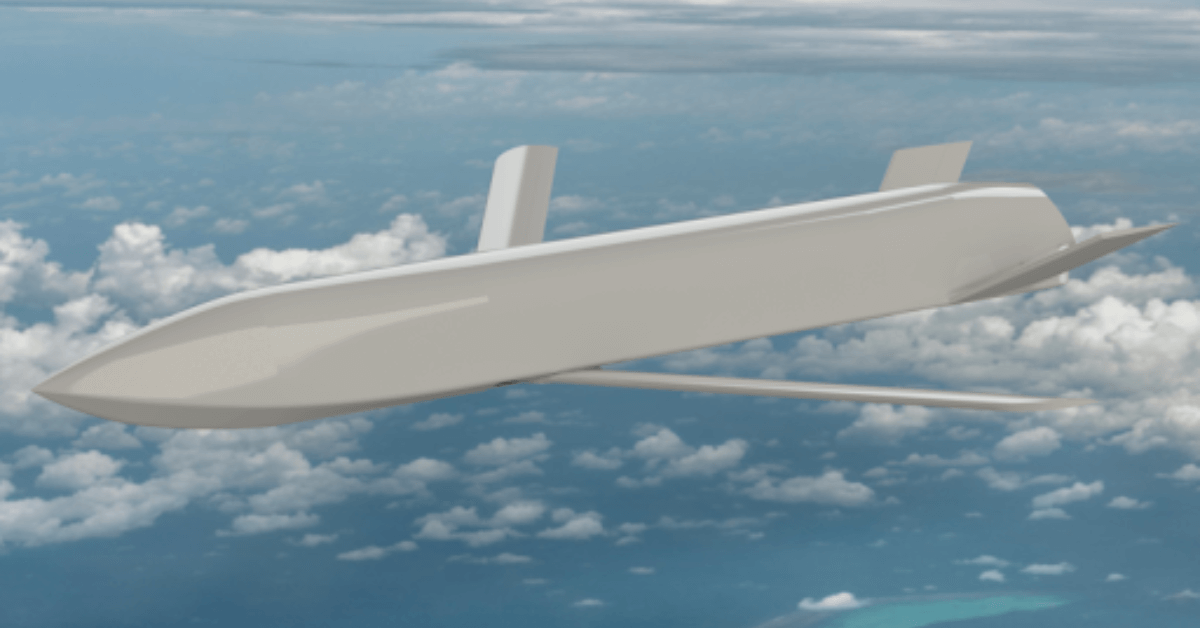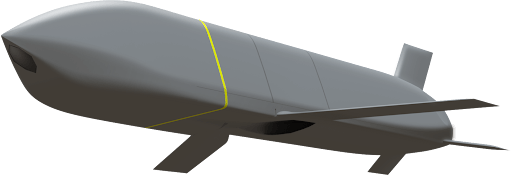Air Combat Command is “transitioning into a different type of command,” focused on readiness across the entire Air Force, and surrendering oversight of key Numbered Air Forces, Chief of Staff Gen. David W. Allvin said, adding new details to a planned major shift in how the Air Force is structured.
In surrendering the Numbered Air Forces, ACC will no longer oversee organizations that present forces to joint force Component Commands, the organizations that fight the nation’s wars, as well as its role in developing requirements for fighter aircraft and related weapons. The NAFs will become stand-alone commands and the requirements functions will migrate to the new Integrated Capabilities Command, which is still being organized.
The Air Force is traditionally made up of major commands, with ACC accounting for most, but not all, of its combat airpower. Those commands included both institutional commands, such as Air Education and Training Command, that provide services to the institution, while others are component commands, such as Pacific Air Forces, that present forces to the Pentagon’s joint Combatant Commands. Meanwhile, other component commands were included inside major commands, such as 16th Air Force, which presents forces to U.S. Cyber Command, which has been housed in ACC.
“So we’re sort of disjointed,” Allvin said June 13 at an AFA Warfighters in Action event, comparing the differences in how the Air Force presents forces to combatant commands to “wooden shoes.”
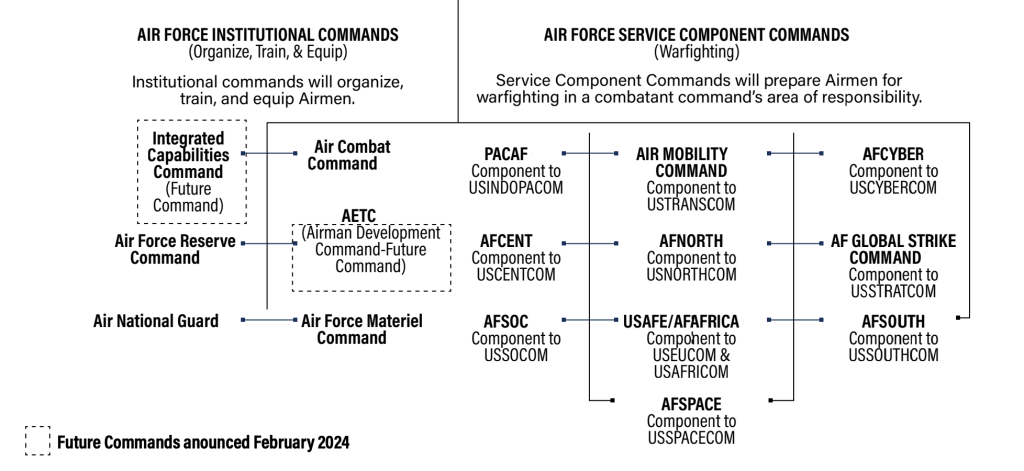
In February, when Allvin and other leaders revealed plans to re-optimize the Department of the Air Force for great power competition, Allvin disclosed plans to make AFCYBER a “standalone” service component command. Now that concept is being extended to include other Numbered Air Forces, among them:
- Air Forces Northern (1st Air Force)
- Air Forces Space (9th Air Force)
- Air Forces Southern (12th Air Force)
- Air Forces Cyber (16th Air Force)
They join Air Forces Central as component commands providing forces to combatant commands. Allvin said the change is relatively straight forward.
“We’ve done several tabletop exercises and [operational planning teams] to get together on it,” he said. “We really need to understand: What is it that a service component needs to be effective in being able to present and have a dialogue with the combatant commander? I don’t want to overstate or oversimplify this, but that part is actually the easier part. You probably still need the C2 elements, so the Air Operations Center and elements of the command staff and the ability to be able to present those forces.”
But redesignating these commands should make USAF structure easier to understand and decipher for both the combatant commands and rank-and-file Airmen—and that could engender greater appreciation for the airpower Airmen generate.
“The idea that we have a consistent way that we present forces and [a consistent] command structure to the combatant command, more directly interfacing with those combatant commanders, I think not only gives a better joint experience to our leaders, but it also has a consistent tie across our Air Force in how we relate to the combatant commands,” Allvin said.
Re-Imagining ACC
For ACC, the largest of the four-star major commands, the changes realign both its mission and focus.
“This is not an indictment on how ACC has been handling those Numbered Air Forces that are also service components,” Allvin said. “They’ve been doing a fantastic job. But we need to understand what we’re asking ACC to do: ACC is transitioning into a different type of command.”
After giving up the NAFs and the its role in developing requirements for fighter aircraft and related weapons, ACC will pivot to oversight for readiness across the service, Allvin said.
“Air Combat Command’s role is really outsized in how we see it for accounting for the readiness of the entire Air Force,” Allvin said. It will work “across the other institutional commands to generate the readiness, the exercises, have the inspections to ensure that we’re mission-ready, not just task-ready. So this is actually carving out a little room for ACC to have that expanded readiness role.”
Allvin sees that role as crucial to plans to develop “deployable combat wings” that train and deploy as an entire unit, and to designate other units as combat-generation wings, which will provide combat capabilities to other deploying commands. By splitting the deployable organizations away from responsibility for base operations, the wings will be more self-sufficient and ready to go fight elsewhere without having to worry about what happens to the bases they leave behind.
Allvin said a host of new O-6 command jobs will be created, driving a need for new Numbered Air Forces to manage them.
“The [new] Numbered Air Forces will serve more as institutional Numbered Air Forces, helping Air Combat Command oversee those wings within [ACC] that have both the deployable combat wing element and the base command,” he said.
Allvin said ACC commander Gen. Kenneth S. Wilsbach is working with the Air Staff to clarify remaining changes and that additional information will be shared as it is completed.
